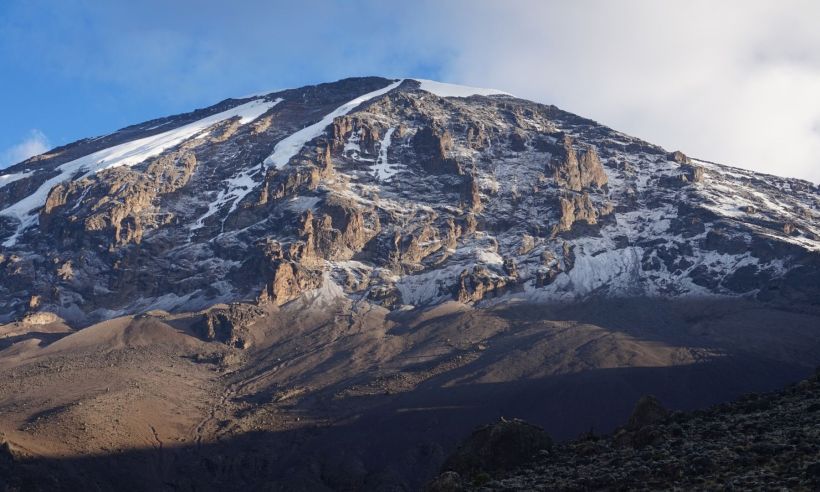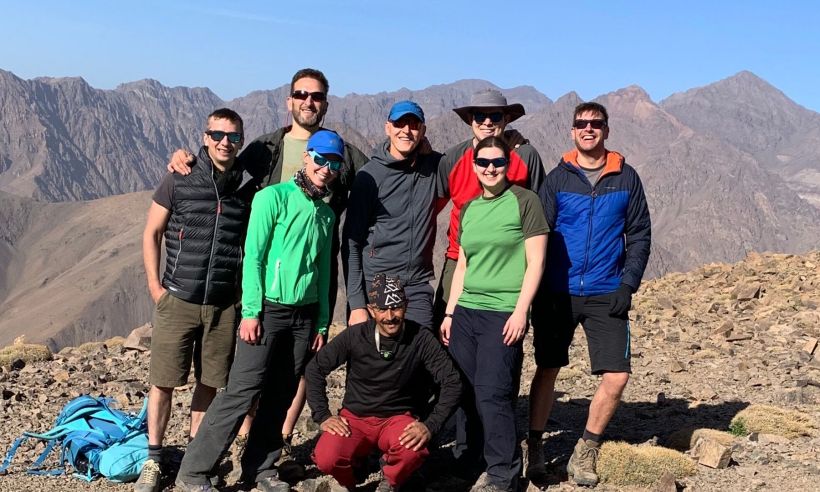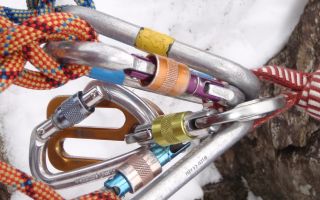Recognising Acute Mountain Sickness (AMS) and how to help prevent it.
Category: Advice & Guidance
Posted by The Adventure Element
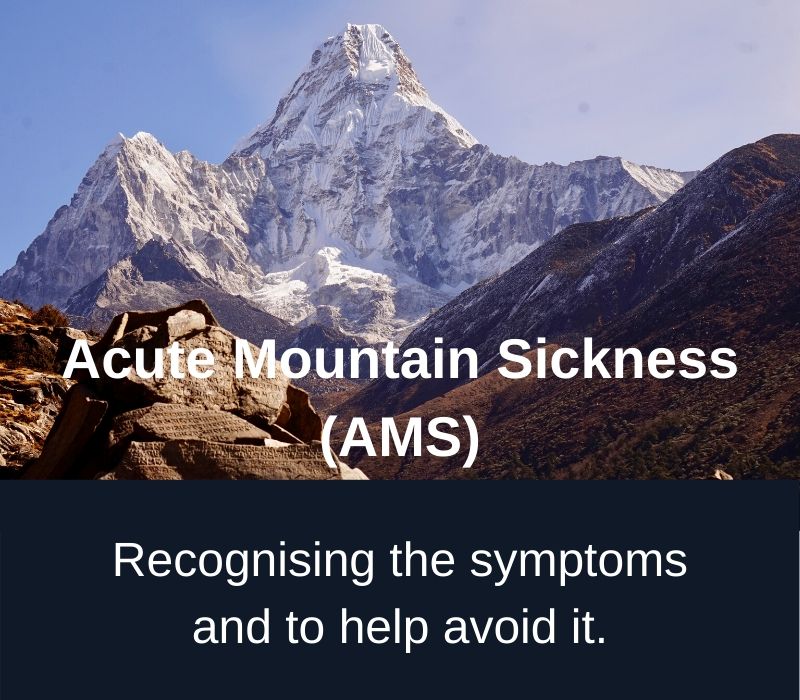
Altitude sickness, the mildest form being Acute Mountain Sickness (AMS), is the negative health effect of being at altitude (above 2500m), caused by rapid exposure to low amounts of oxygen at high elevation.
With more than a 40% of people venturing in to the mountain above 3000m feeling the symptoms of Acute Mountain Sickness (AMS), and 75% feeling it above 4500m, it is important that all travellers are able to recognise and treat the symptoms.
Most cases of AMS are mild and perfectly manageable, some cases (especially those above 3,500m) can develop into potentially life threatening conditions, so it is vital to recognise the symptoms and treat them promptly.
Primary symptoms of Acute Mountain Sickness.
The following symptoms of AMS can be felt by approx 20% people venturing in to the mountains above 2500m.
- Headaches - The primary symptom, although can also be caused by dehydration.
- Shortness of breath
- Decreased energy levels
- Rapid pulse
- Dizziness
- Nausea and vomiting
- Loss of appetite
- Trouble Sleeping
Strangely, there is no way to predict who might develop altitude related illness. A fit and healthy, seasoned climber / trekker is just as likely to develop it as someone who has never been at altitude before.
There is no correlation between level of fitness and the chance of developing altitude sickness – even the fittest and healthiest of individuals may suffer. And don't be fooled into a false sense of security – just because you have not developed altitude sickness before, doesn’t mean you won’t in the future.
Prevention
There are a number of things you can do to reduce your chances of developing altitude sickness such as:
- Ascending slowly and taking time to acclimatise is vital. It is recommended to ascend no more than 300m-500m a day, particularly when above 3,000m
- Take things slowly!!! Go slow and then go slower still. If you are getting out of breath, you're working too hard.
- Keep yourself well hydrated with water and avoid alcohol. Water in-take should greatly increase with altitude
- Make sure you keep your energy levels up by eating a high calorie diet
- Use normal pain relief. i.e. Paracetamol and Ibrupofen
- Medication (see below)
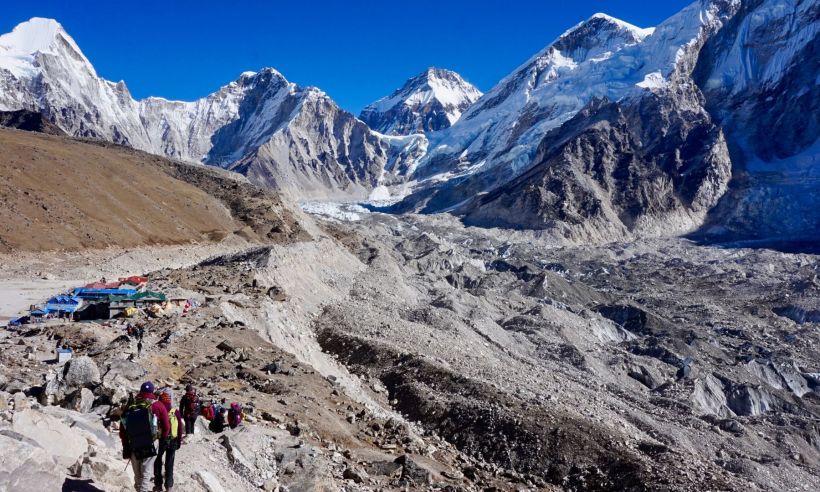
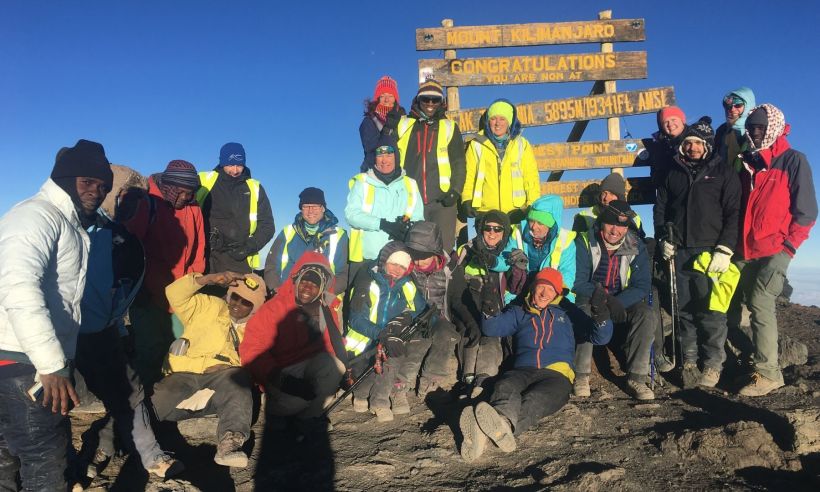
Medication - Diamox
Acetazolamide (commonly known as Diamox), has been proven to be safe and effective in assisting some people to acclimatise to altitude and help in reducing the symptoms of AMS. This is prescription-only medication so you’ll need to visit a travel clinic prior to your trip to obtain it.
It should NOT be used as an alternative to a slow ascent.
The dose is 125mg Acetazolamide (Diamox) twice daily:
- consider trial at sea level for two days before a visit to high altitude
- commence 2- 3 days before ascent
- discontinue 2-3 days after reaching highest sleeping altitude, or once descent has begun.
- symptoms of AMS may still develop when on Acetazolamide (Diamox) and MUST NOT BE IGNORED.
- if are allergic to sulphonamide antibiotics you may also be allergic to acetazolamide (Diamox) and it may therefore be inadvisable to take this drug.
Side effects
Altitude sickness causes chemical changes in the blood and diamox works by balancing these chemical changes, which in turn reduces symptoms. Unfortunately, as with every medication, diamox has side effects.
- The increased need to urinate
- Tingling in the hands and feet
- Carbonated drinks can taste metalic
Tingling sensations can also be a sign of frostbite, so keep your hands and feet wrapped up warmer if trekking in colder climates and check them regularly if you are experiencing this. It is also important not to stop drinking due to the increased need to urinate. When climbing at altitute it is important to stay hydrated.
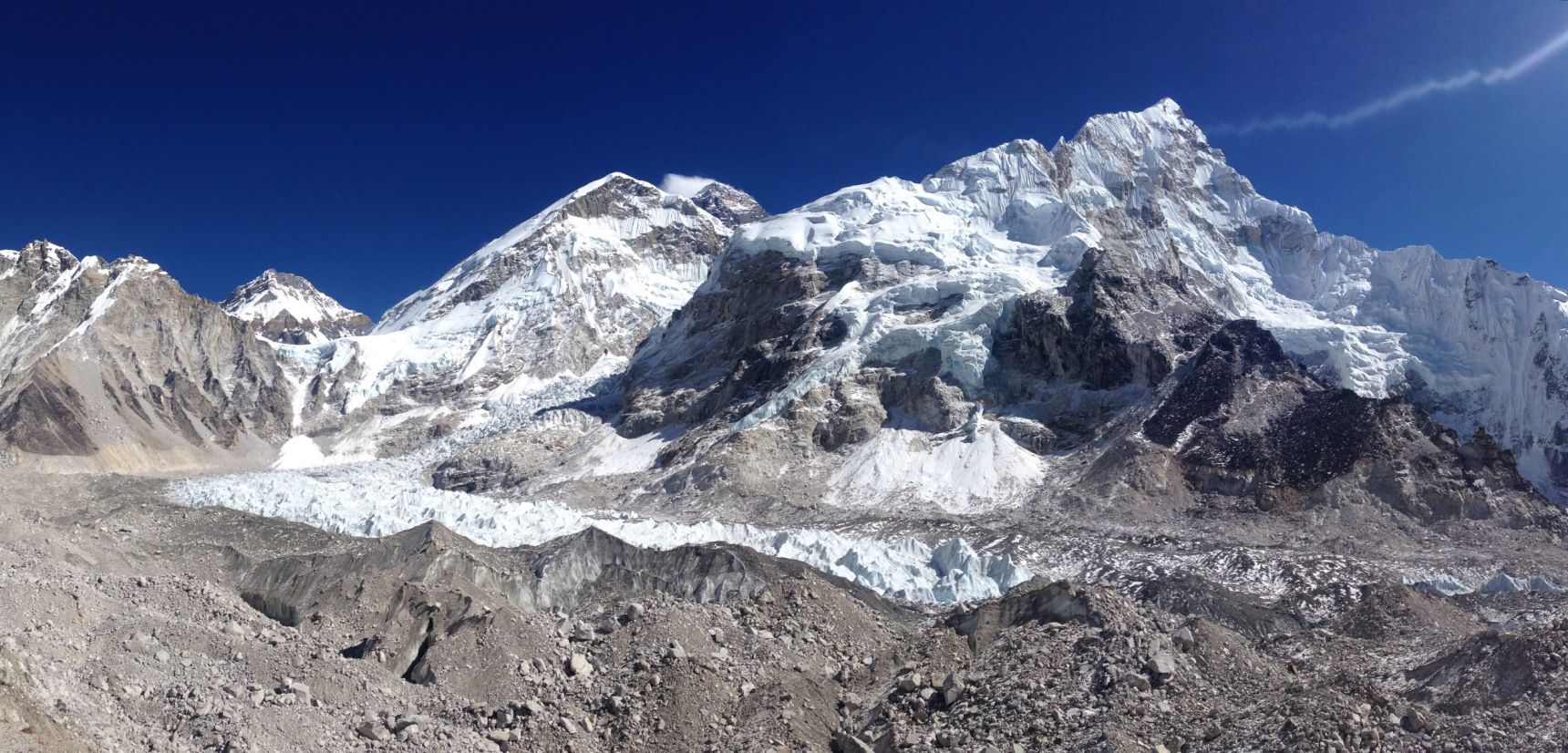
Treatment
Mild altitude sickness can be managed by treating the symptoms. Basic painkillers such as paracetamol or ibuprofen can help alleviate headaches, while anti-sickness tablets can help reduce nausea and vomiting. Diamox can also be used to treat altitude sickness if it is not already being taken as a preventative method. Consult your pharmacy to discuss doses for both prevention and treatment.
If you have developed mild altitude sickness you should not progress to a higher altitude until your symptoms have been adequately managed. If you find your symptoms are getting progressively worse and not improving with treatment, you must discuss this with your expedition leader who may enforce you descend immediately before the condition becomes more serious.
We carry an extensive medical kit which has lots of prescription medications to assist in treating altitude related illnesses. However, there may only be one treatment and that is.....descend, descend, descend.
Severe symptoms
Beyond the primary symptoms, there are severe symptoms of Altitude sickness. These symptoms may indicate a more life-threatening condition and should be treated immediately by descending to a lower altitude.
High Altitude Pulmonary Edema (HAPE) i.e. fluid in the lungs
- Symptoms similar to bronchitis
- Persistent dry cough
- Fever
- Shortness of breath even when resting
HAPE can progress rapidly. Symptoms include fatigue, severe breathlessness at rest, and cough that is initially dry but may progress to produce pink, frothy sputum.
Treatment - Descent to lower altitudes and administer medication Nifedipine.
High Altitude Cerebral Edema (HACE) i.e. swelling of the brain
- Headache that does not respond to pain relief
- Unsteady gait - acting as though drunk.
- Gradual loss of consciousness
- Increased nausea and vomiting
- Retinal hemorrhage
HACE is a life-threatening condition. Symptoms include headache, fatigue, visual impairment, bladder dysfunction, bowel dysfunction, loss of coordination, paralysis on one side of the body, and confusion.
Treatment - Descent to lower altitudes and administer medication such as Dexamethasone.
NOTE
These severe symptoms of altitude related illness are incredibly rare and effect a very small minority of travellers. The itinerary of your trip is carefully planned to maximise your acclimatisation process and to limit the possibility of severe symptoms of altitude. Your leader will monitor your acclimatisation process carefully to help ensure your safety.
Any medication mentioned above is carried by your leader in case of emergency. In addition they may also be carrying supplementary oxygen.
Being Honest
Altitude related sicknesses can not be predicted apart from the mild syptoms which we will all feel. there is very little need to worry about them. Knowing the symptoms and being forwarned will help you relax.
The advice is simple: ascend slowly, use preventative medication if needed, stay hydrated and treat symptoms as soon as they occur. If you feel you're getting worse, it's time to accept that you may have to descend. Always discuss your condition with your expedition leader and be honest with them and yourself!
